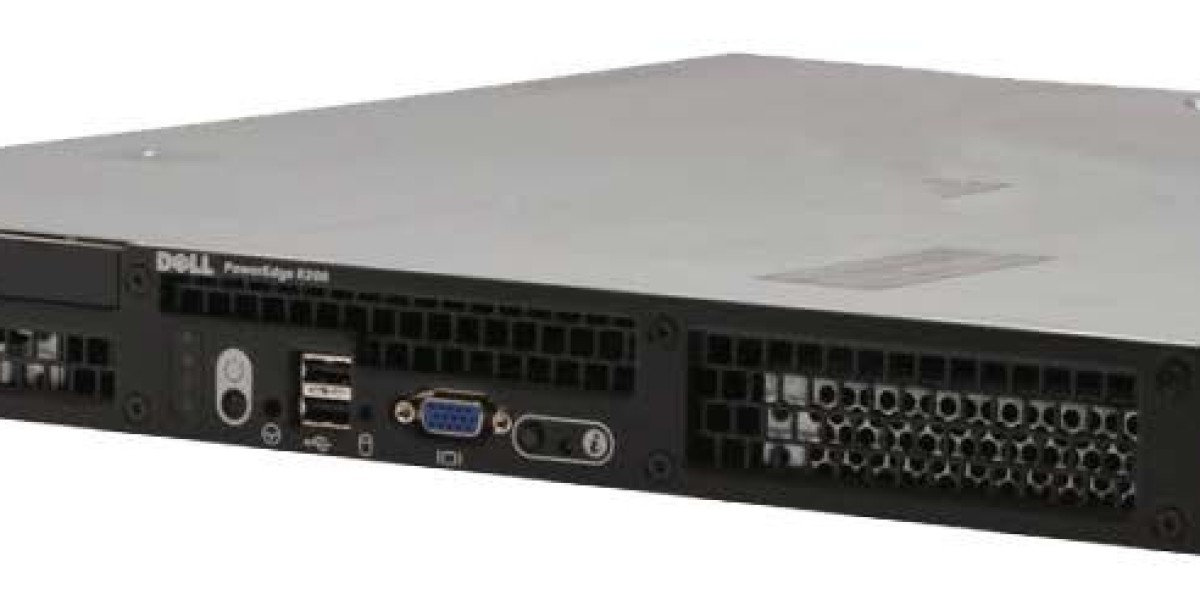Introduction:
In the intricate world of data recording and telemetry, precision and reliability are paramount. Enter IRIG 106, a standard that has played a pivotal role in shaping the landscape of data acquisition and instrumentation. This blog post aims to unravel the significance of IRIG 106, exploring its applications, key features, and the transformative impact it has had on industries ranging from aerospace to defense.
Understanding IRIG 106:
IRIG 106, short for Inter-Range Instrumentation Group Standard 106, is a set of standards developed to govern the formatting, transmission, and recording of telemetry data. Originally conceived for the aerospace and defense industries, IRIG 106 has evolved into a widely recognized standard, providing a framework for the precise recording and transmission of data in a variety of applications.
Key Features of IRIG 106:
Data Interoperability: At its core, IRIG 106 aims to establish a common ground for data interchangeability. By adhering to a standardized format, different systems and devices can seamlessly exchange and interpret telemetry data, promoting interoperability across various platforms.
Time Synchronization: Precision in time synchronization is a critical aspect of telemetry data recording. IRIG 106 includes provisions for time-stamping data with high accuracy, ensuring that events are recorded and synchronized across different instruments and recording systems.
Multiplexing and Channelization: IRIG 106 supports multiplexing and channelization, allowing multiple streams of data to be transmitted or recorded simultaneously. This feature is particularly valuable in applications where a diverse set of parameters needs to be monitored and analyzed.
Robust Error Checking: Given the importance of accurate data in telemetry, IRIG 106 incorporates robust error checking mechanisms. This ensures the integrity of the recorded data, reducing the likelihood of errors and data corruption during transmission or storage.
Applications of IRIG 106:
Aerospace and Flight Testing: IRIG 106 is extensively used in aerospace applications, especially in flight testing scenarios. It facilitates the recording and analysis of aeronautical data, ranging from engine performance to flight dynamics, contributing to the development and improvement of aircraft and spacecraft.
Defense and Military Operations: In military operations, precise data recording is crucial for evaluating the performance of weapons systems, communication equipment, and surveillance technologies. IRIG 106 ensures that the data collected in these scenarios is standardized and can be easily analyzed for strategic decision-making.
Telecommunications and Network Monitoring: The standard's adaptability extends to the telecommunications sector, where it is employed for monitoring network performance. IRIG 106 allows for the accurate recording and analysis of data related to network traffic, latency, and other key parameters.
Scientific Research and Experimentation: IRIG 106 finds applications in various scientific fields where accurate data recording is essential. This includes experiments in physics, environmental monitoring, and other research endeavors where precise data acquisition is paramount.
Conclusion:
As technology advances and the need for precise data recording becomes more critical, IRIG 106 remains a cornerstone in ensuring the reliability and interoperability of telemetry data. Whether in the skies, on the battlefield, or in the realms of scientific exploration, the impact of IRIG 106 resonates in the meticulous recording and analysis of data that drives progress and innovation across diverse industries. Its role as a standardized framework continues to be instrumental in shaping the future of data acquisition and telemetry.







